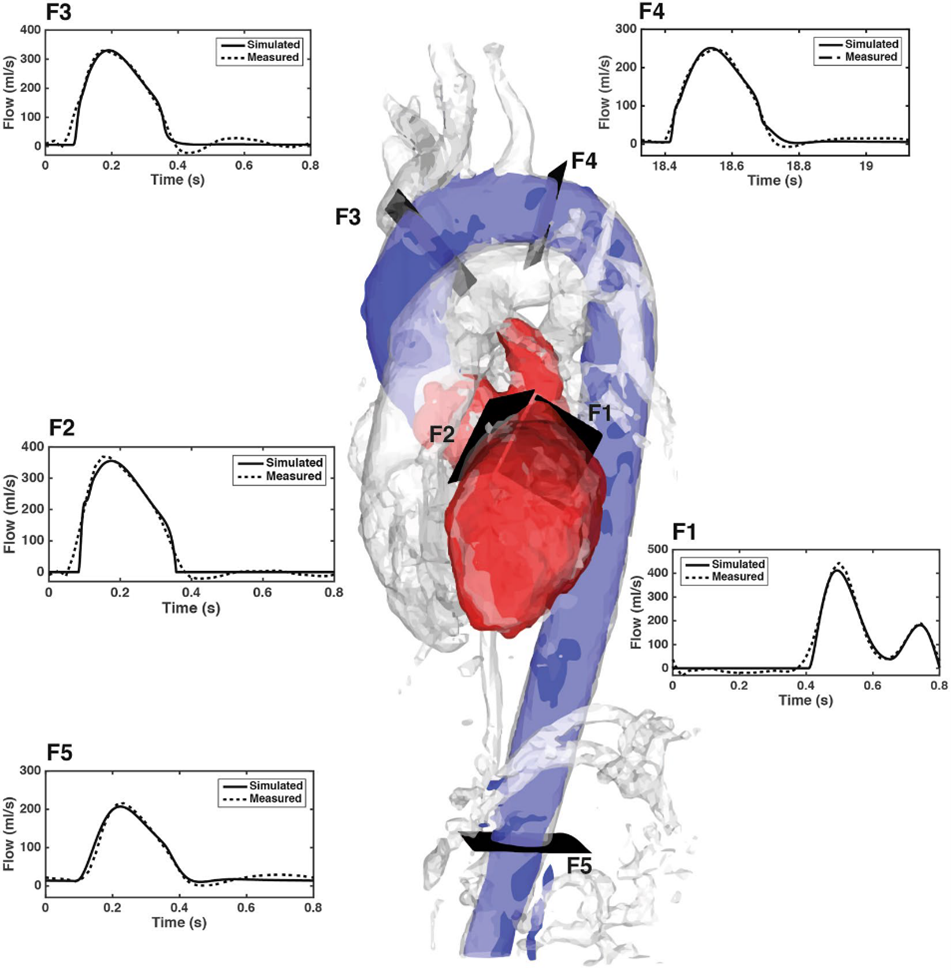Cardiovascular system
The cardiovascular system is crucial to provide all the organs and tissues in the body with oxygen and nutrients. To maintain this crucial function, several regulatory mechanisms are in place both in the heart, in the macrocirculation with larger blood vessels, and in the microcirculation. Our aim is to increase the understanding of these different regulatory mechanisms using mathematical models.
Macrocirculation: Blood flow and blood pressure regulation

Blood pressure and blood flow are regulated by several complex mechanisms, which if they fail can cause cardiovascular disease such as high blood pressure, hypertension, which harms the cardiovascular and renal systems. To better understand this regulation, we have created a personalized lumped parameter model of the cardiovascular system – the Cardiovascular Avatar - that can describe the patient-specific regulation of blood flow during one heartbeat. The model can be used to estimate hemodynamic variables that cannot be measured non-invasively. The cardiovascular model has been used to accurately describe hemodynamics in healthy subjects both under rest and stress by including subject-specific pressure cuff measurements and imaging data such as four-dimensional magnetic resonance imaging (4D Flow MRI) data into the models. Now, we are further developing the model to analyze the cardiovascular hemodynamics in patients with cardiovascular disease, primarily patients with hypertension and type 2 diabetes. Through comparing and using the personalized models, new insights of the hemodynamic mechanisms behind cardiovascular diseases can be found.
Collaborations
Tino Ebbers, professor at Linköping University. Expert on cardiovascular imaging.
Carl-Johan Carlhäll, MD and professor at Linköping University. Expert in cardiovascular physiology and imaging.
The CMR group at Linköping University.
Publications
Microcirculation: Oxygen transport
The microcirculation is where the actual transport of oxygen and nutrients to the tissues and organs happen. Changes in this transport function can be seen in several cardiovascular diseases, such as diabetes and hypertension. As a first step to better understand the mechanisms of these changes, we are creating a mathematical model of microvascular oxygen transport in the skin and investigating the impact of blood pressure on microvascular function.
Collaboration
Hanna Jonasson, Linköping University. Expert in optical measurement techniques of the microcirculation.
